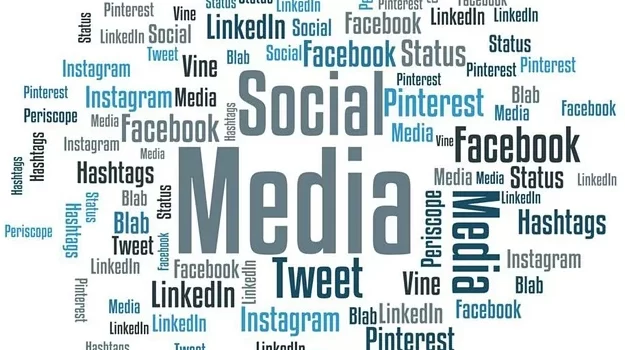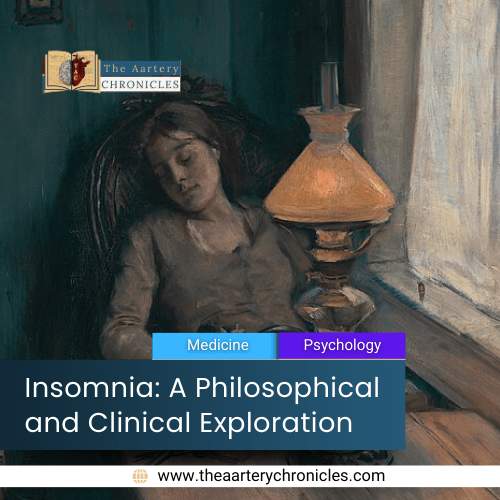

Gender Dysphoria: The New Trend?
Gender dysphoria, a recognized phenomenon since 1968, has seen a significant rise in recent years, particularly among the younger generation known as “The Internet generation”. This rise has raised questions about the influence of social media, role models, and the education system on young minds’ perceptions of gender identity.
What is Gender Dysphoria?
As per the Diagnostic and Statistical Manual of Mental Disorders, Gender Dysphoria is defined as a “marked incongruence between their experienced or expressed gender and the one they were assigned at birth.”
It is characterized by a deep and persistent sense of discomfort, and distress, due to incongruity between one’s assigned gender and their belief about their gender or gender identity. It was initially referred to as “Gender Identity disorder”.
Recognizing the Symptoms
- The symptoms of gender dysmorphia can vary from person to person, but common experiences may include:
- A strong and persistent desire to be recognized and treated as the gender they identify with.
- Discomfort or distress with their physical characteristics and the primary or secondary sex characteristics associated with their assigned gender.
- A profound sense of relief and congruence when expressing or living as their identified gender.
- Struggles with anxiety, depression, or other mental health issues due to the incongruence between their gender identity and assigned gender.
It is essential to remember that not everyone with gender dysmorphia will express their identity in the same way, and some individuals may not outwardly exhibit symptoms.
Causes of Gender Dysphoria
Despite scientists not knowing the exact cause behind the struggle with gender identity, it is believed that genetic, hormonal, and environmental factors may contribute to the development of the phenomenon.
Let us bring the focus to the environmental factors of gender dysphoria. The environmental factors may include:
- Social media
- Society’s influence
- Schools (education system)
- Family influence
Consider the scenario where a child is exposed to YouTubers or influencers who openly discuss their experiences with gender dysphoria or their transitioning journey. This exposure has the potential to influence young minds, leading them to perceive such experiences as “COOL.”
Furthermore, the media exerts a profound influence on humans, given that most of us are now constantly engaged with various platforms nearly 24/7. This continuous exposure desensitizes us not only to issues like dysmorphia but also to sensitive topics like death and torture. Despite acknowledging these topics as problems, our increased exposure may reduce their impact on us, making us less emotionally affected by them.
Additionally, platforms like ‘TikTok’ have contributed to increased insecurity among the new generations. It starts with instances of bullying and shaming, leading to devastating outcomes such as suicide. One might contemplate whether kids develop dysmorphia as a result of attempting to conceal their true selves behind a different persona.
Social influence plays a significant role in this phenomenon, as children and adolescents tend to absorb behaviors and attitudes from their surroundings, often idolizing certain individuals as heroes. However, if one of these admired figures happens to be dysmorphic, it would only seem natural for their young followers to imitate their actions, dress, and speech.
This pattern of emulating role models is not uncommon; many of us have experienced a strong attachment to a singer or celebrity, wishing to emulate them in various aspects of our lives.

Undoubtedly, families are an integral part of the social aspect, and with the emergence of new trends on social media, we see instances of parents dressing up their children in the opposite gender’s clothing. They may convince themselves that even a 1-year-old can choose a gender, which is not necessarily true, as children at that age are typically drawn to colors and not complex gender identity. This kind of upbringing, where a 1-year-old is led to believe they are the opposite gender, can potentially lead to dysmorphia, distress, and even depression as they grow older.
Lastly, the education system, though seemingly well-intentioned, may have unintended consequences when it comes to dysmorphic children.
Providing special treatment and a less strict environment to accommodate their feelings about how they dress and wish to be addressed could lead these children to develop a sense of entitlement.
Additionally, it can inadvertently influence other children on the school premises to aspire to emulate dysmorphic behaviors, hoping to receive similar special treatment.
Schools have traditionally been seen as places of learning values, morals, and life skills. However, in the current educational environment, there seems to be a shift towards allowing children more freedom to do as they please, for fear of facing backlashes or criticism for attempting to discipline a child.
“Experiencing gender dysphoria can be isolating, as individuals navigate the internal conflict between how they feel and how they are perceived. Raising awareness and fostering understanding are crucial steps toward inclusivity.”
Dr. Malhar Mone, MBBS; The Yellow Corridor, PRISMS – Aartery
Treatment of Gender Dysphoria
Gender dysphoria is indeed recognized as a disorder, but not all individuals experiencing it will necessarily require psychological or medical treatment. The necessity for treatment depends on the level of distress a person is experiencing and their ability to cope with it.
While it has become relatively easy to access hormonal therapy and transitioning surgeries, there have been situations where some individuals make rushed decisions they later regret, leading them to attempt de-transitioning. This issue arises because medical personnel are pressured to provide a safe space and validate feelings, which can sometimes result in misdiagnosis. This situation occurs as they fear being labelled as transphobic or hateful, or worry about potential repercussions, such as job loss.
Take away
To sum it up, the rise in gender dysphoria cases in our generation highlights the profound influence of social media, role models, and the education system on young minds. While it is essential to promote inclusivity and acceptance, we must also ensure a balanced approach that addresses the underlying issues.






This article has to be taken with a pinch of salt as it based on anecdotal evidence and more of a personal hypothesis.
Currently there are no good quality research which have been provided for the same.